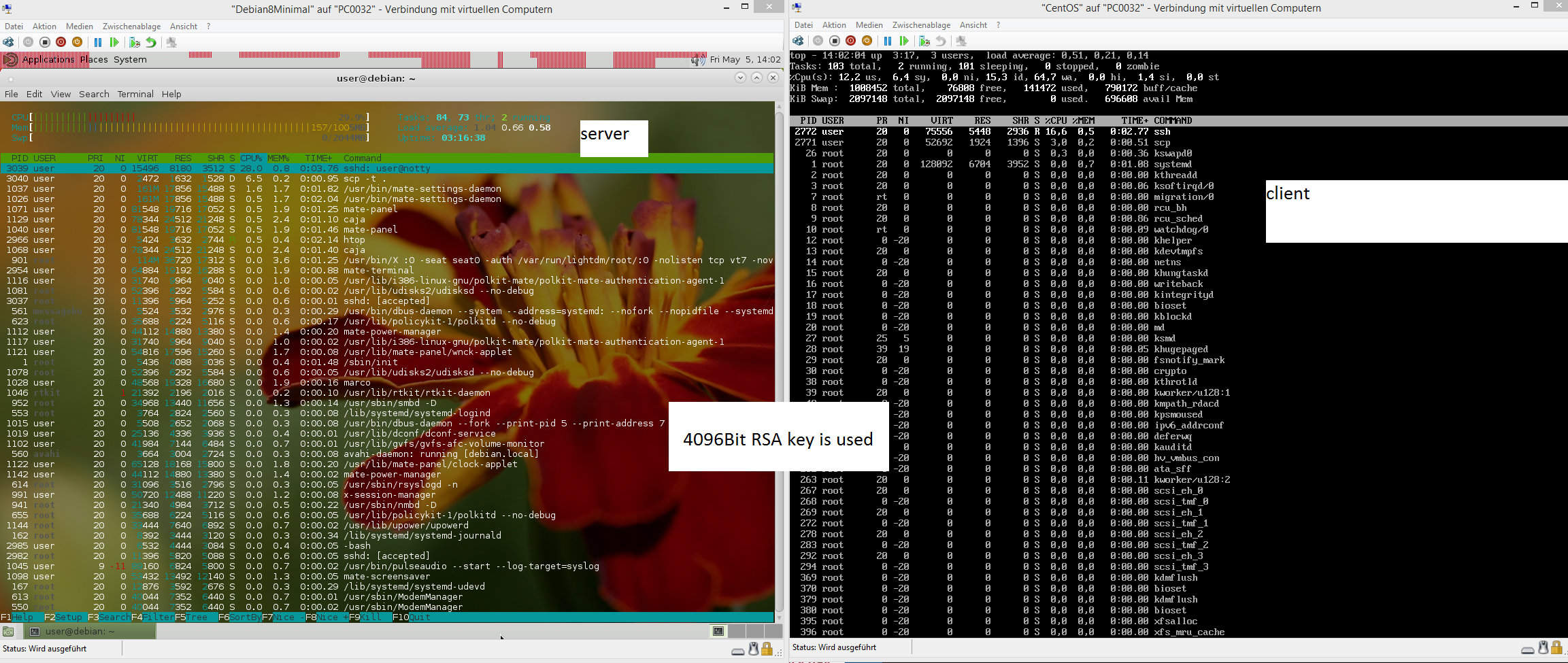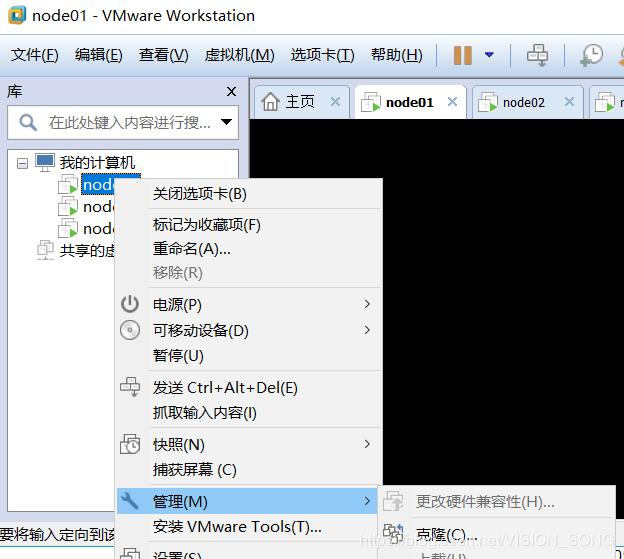Generate Ssh Private Key Centos
256 bit number. Generate a Rails Secret Key. Have you ever wondered about those secret keys found in config/secrets.yml of your Rails app? The comments generated in that file describe the keys as such: ‘Your secret key is used for verifying the integrity of signed cookies.’ Great but what if they become compromised? Or we need to change them?
Apr 02, 2019 In case the -o option does not work on your server (it has been introduced in 2014) or you need a private key in the old PEM format, then use the command 'ssh-keygen -b 4096 -t rsa'. The -b option of the ssh-keygen command is used to set the key length to 4096 bit instead of the default 1024 bit for security reasons. Add your SSH private key to the ssh-agent. If you created your key with a different name, or if you are adding an existing key that has a different name, replace idrsa in the command with the name of your private key file. $ ssh-add /.ssh/idrsa; Add the SSH key to your GitHub account. Hence it fails connecting via SSH. While if I run the script via command line, Apache user seems to be 'root' and works fine. The php script needs to execute Git and access BitBucket using SSH, however the SSH key I have on the server is for the user 'root'. How can I create public and private SSH keys for a non-interactive user: nobody? Jul 17, 2017 To ssh using pem file there are few steps you have to follow 1.Generating Key Pairs. To generate an RSA key pair for version 2 of the SSH protocol, follow these steps: Generate an RSA key pair by typing the following at a shell prompt: $ ssh-keygen or $ ssh-keygen -t rsa.
Reading Time: 3minutesThis guide will walk you through the steps to create a Certificate Signing Request, (CSR for short.) SSL certificates are the industry-standard means of securing web traffic to and from your server, and the first step to getting your own SSL is to generate a CSR. This guide is written specifically for CentOS 7.
- Enter the following command at the prompt.
Note:
openssl req -new -newkey rsa:2048 -nodes -keyout mydomain.key -out mydomain.csr - You will be prompted to answer a series of questions, explained below.
- Country Name – This is the two-letter abbreviation for your country. For example, United States would be US and Great Britain would be GB.
- State or Province Name – This is the full name of the state your organization operates from. For example, this might be “California” or “Michigan”.
- Locality Name – Name of the city your organization operates from. Examples might include “Lansing” or “Phoenix”. Don’t use abbreviations in this field. For example, “St. Helena” should be “Saint Helena”.
- Organization Name – The name of your organization. If you are a business, use must use your legal name. If you are applying as an individual, you use your full name instead.
- Organizational Unit Name – If applying as a business, you can enter your “Doing Business As” (DBA) name here. Alternately, you can use a department name here. For example, “IT Department” or “Web Administration”.
- Common Name – The domain name that you are purchasing a SSL certificate for. This must be a fully qualified domain name (FQDN). An example might be mydomain.com.
Note:
If you are applying for a special wildcard SSL certificate, you will need to enter an asterisk for the subdomain. An example in that case might be *.mydomain.com. Never include the “http://”, “https://”, or any other special characters in this field. Never include text after the top level domain at the end. For example, your common name should end in .com, .net, (or whatever other extension you are applying for.) - Email Address – An email address that can be used as a point of contact for your domain. Be sure the address is valid!
- A challenge password – An optional password to further secure your certificate. Be sure to remember this password if you choose to use it. It must be at least 4 characters long. You can skip this step if you like.
- An optional company name – Another optional step. Fill in your company name if you wish. This is not required for web SSL certificates.
- Your CSR file has now been generated!
Finding Your CSR
Take a look at the contents of your current working directory with the “ls” command. You should notice two new files ending with “.key” and “.csr” respectively.ls -l
total 8
-rw-r--r--. 1 root root 1082 Jan 31 12:10 mydomain.csr
-rw-------. 1 root root 1704 Jan 31 12:10 mydomain.key
The .key file should be kept private on your server. The .csr file is your certificate signing request, and can be sent to a Certificate Authority. You can inspect the contents of the CSR by using the “cat” command. Here is an example of the CSR generated in this walk through:cat mydomain.csr


Generate Ssh Private Key Centos Version
Microsoft office 2007 product key generator and activator (working 100 ). You will need to copy and paste the entire contents of the CSR file to your Certificate Authority when ordering a SSL certificate. Be sure that you include the lines that read “BEGIN CERTIFICATE REQUEST” and “END CERTIFICATE REQUEST”. If you are a Liquid Web customer, we make that easy for you to do right within your Manage Dashboard!